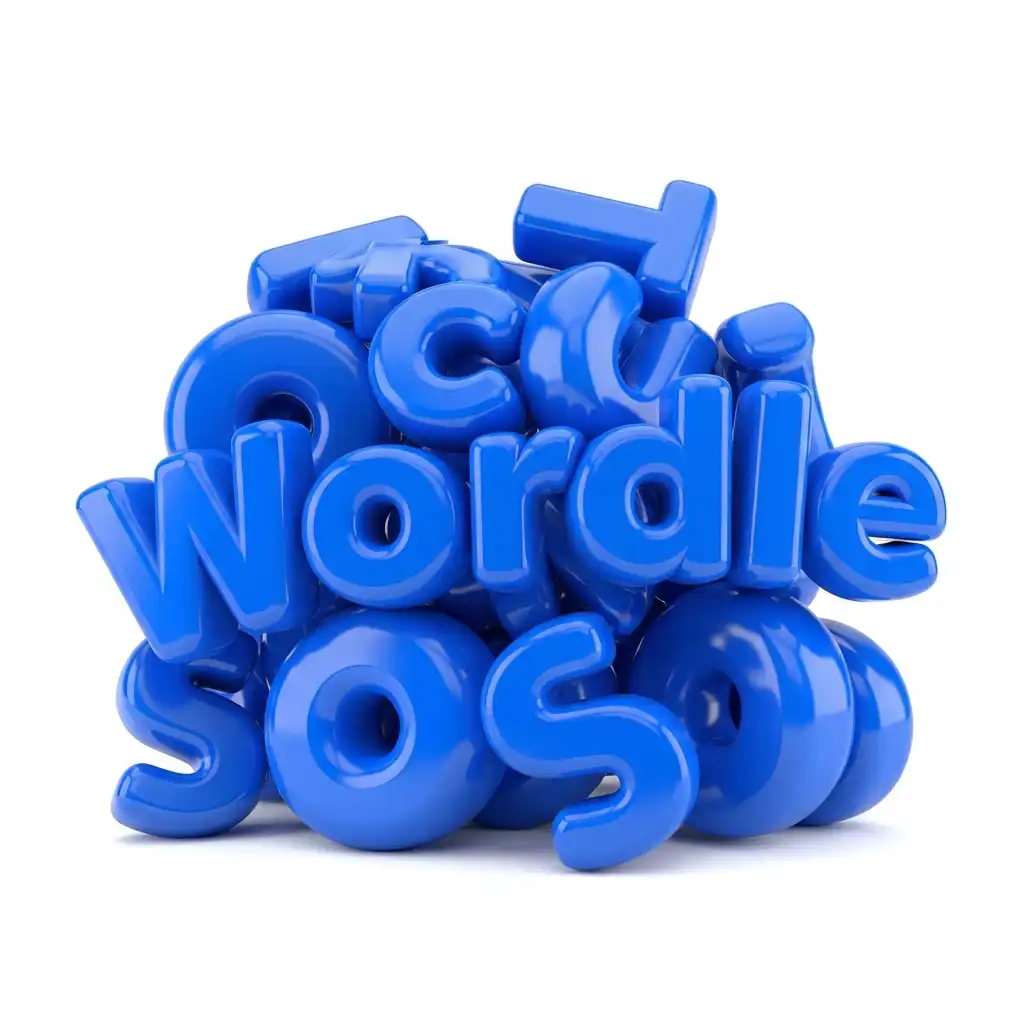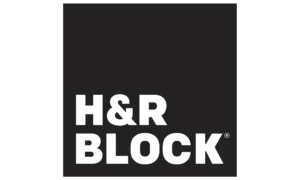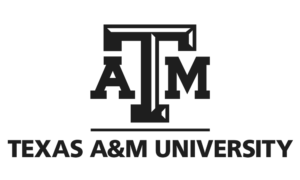Free HR Wordle (HR-dle)
How To Play
Guess the HR-DLE in six tries.
- Each guess must be a valid 5-letter word.
- Hit the enter button to submit.
- The color of the tiles will change to show how close your guess was to the word.
Examples
The letter A is in the word and in the correct spot.
The letter E is in the word but in the wrong spot.
The letter D is not in the word in any spot.
HR-dle
Found our Free HR Wordle useful? Bookmark and share it.

The Wordle Story: How a Five-Letter Love Letter Conquered the Internet
TL;DR
Wordle, the viral five-letter word game, began as a personal gift from software engineer Josh Wardle to his partner, Palak Shah. Its success stemmed from its simplicity, scarcity (one puzzle per day), and a shareable emoji grid that created a spoiler-free way for players to boast about their results. The game's minimalist, ad-free design resonated with a public tired of data-hungry apps. After its player base exploded to millions, Wardle sold the game to The New York Times for a sum in the low-seven figures. The Times has since professionalized the game with an editor and integrated it into its larger portfolio of puzzles, securing its future as a daily cultural ritual while navigating the challenges of maintaining its original charm. The "Wordle effect" has spawned countless clones and cemented a new genre of daily, shareable puzzle games.
Article Index
- A Digital Love Letter: The Intimate Origins of Wordle
- The Anatomy of a Phenomenon: Deconstructing Wordle's Design
- The Viral Spark: From 90 Players to Millions
- The Million-Dollar Word: Acquisition and Apprehension
- Under New Management: The Evolution of a Cultural Touchstone
- The Wordle Effect: A Universe of Clones and Cultural Ripples
- Conclusion: The Enduring Legacy of Five Letters
- Optimize Your Team's Performance
A Digital Love Letter: The Intimate Origins of Wordle
In the annals of internet phenomena, few stories are as improbable as that of Wordle. It arrived not with the thunder of a venture-backed marketing campaign, but as a quiet whisper that grew into a global roar. At its core, Wordle was not a product meticulously engineered for virality but an intimate creation, a digital love letter from a software engineer to his partner. This origin story is not merely a charming footnote; it is the foundational blueprint for the game's design, the very reason its simple, unassuming nature resonated so profoundly with a world weary of digital noise. It is a narrative that stands in stark contrast to the prevailing ethos of the attention economy, a case study in how a project designed for an audience of one captured the hearts of millions.
The Creator and His Muse
The architect of this phenomenon is Josh Wardle, a Welsh software engineer based in Brooklyn. Prior to Wordle, Wardle was already a respected figure in certain corners of the internet, known for his work at Reddit where he created large-scale, collaborative social experiments. Yet, Wordle's genesis was a deeply personal act, conceived as a gift for his partner, Palak Shah. Shah was an avid fan of word games, and during the enforced quiet of the COVID-19 pandemic, the couple found themselves "really into" The New York Times' popular puzzles. This shared pastime sparked the idea in Wardle: to create a new word game specifically for her enjoyment.
From "Mr. Bugs' Wordy Nugz" to Wordle
The version of Wordle that took the world by storm in late 2021 was not Wardle's first attempt. A prototype created as far back as 2013 suffered from two critical design flaws: it was limitless, offering an endless stream of words, and its word list was bloated with obscure terms. This early version failed to gain traction, providing a crucial lesson: the success of a word game lies not just in its mechanics, but in the careful curation of its content.
The Curation of Simplicity
When Wardle revisited the project in January 2021, he and Shah meticulously curated the dictionary. They reviewed over 12,000 five-letter words, filtering it down to a much more manageable and recognizable vocabulary of approximately 2,300 to 2,500 words. By removing obscure words, they transformed the game from a test of esoteric knowledge into a universally accessible challenge of logic and vocabulary. This act of curation, born from the desire to create a better experience for a single person, became the cornerstone of the game's mass appeal.
The Anatomy of a Phenomenon: Deconstructing Wordle's Design
The viral ascent of Wordle was underpinned by a design of profound elegance and psychological acuity. Its mechanics were almost perfectly calibrated for the digital age, creating a compelling and habit-forming daily ritual for millions.
The Elegance of Simplicity
At its heart, Wordle is a masterclass in minimalism. Players have six attempts to guess a five-letter word, with colored tiles providing feedback. This simple loop, combined with a spartan, ad-free interface, created an unadulterated user experience that stood in stark opposition to the heavily monetized landscape of modern casual gaming.
The Power of Scarcity and Ritual
Arguably the single most important design decision in Wordle was the imposition of scarcity: only one puzzle is available each day. This limitation prevents binge-playing and fosters anticipation. Furthermore, the puzzle is the same for everyone worldwide, transforming a solitary activity into a global shared experience and a universal water-cooler topic.
The Viral Spark: From 90 Players to Millions
In the final weeks of 2021, a single, community-inspired innovation transformed the game from a quiet pastime into a global cultural phenomenon.
The Community-Forged Catalyst: The Shareable Grid
The stroke of genius that unlocked Wordle's viral potential came from its players. Wardle observed users in New Zealand manually typing out grids of colored square emojis to share their results without spoilers. He quickly built this feature into the game, and the grid of green, yellow, and gray squares became an instantly recognizable artifact on social media, sparking curiosity and a powerful sense of FOMO.
| Date | Daily Players | Key Event |
|---|---|---|
| Nov 1, 2021 | 90 | Pre-virality |
| Dec 2021 | (Implied thousands) | Share feature introduced |
| Jan 2, 2022 | 300,000 | Post-holiday surge |
| Jan 9, 2022 | ~2,000,000 | Major media coverage begins |
| Jan 31, 2022 | Millions | NYT Acquisition Announced |
The Million-Dollar Word: Acquisition and Apprehension
By the end of January 2022, Wordle was a global institution. The acquisition of Wordle by The New York Times marked the story's pivotal second act, securing the game's future while sparking apprehension among its community.
The Inevitable Sale
On January 31, 2022, The New York Times Company acquired Wordle for an "undisclosed price in the low-seven figures." In the span of just three months, a free, ad-less website had generated a life-changing windfall for its creator.
The New York Times' Strategy
For The New York Times, the acquisition was a brilliant strategic move. The company aimed to reach 10 million digital subscriptions by 2025, and Wordle served as a powerful top-of-funnel marketing engine, introducing tens of millions of new users to its broader NYT Games portfolio, which includes puzzles like the daily Crossword and the Spelling Bee.
Under New Management: The Evolution of a Cultural Touchstone
The acquisition of Wordle by The New York Times transformed the game from a static art project into a dynamic, actively managed media product. While the Times preserved the core experience, a series of changes were implemented behind the scenes.
| Change | Description | Rationale / Impact |
|---|---|---|
| Technical Migration | Game rebuilt on NYT platform; word list moved from client-side to server-side API. | Preserved user stats; gave NYT editorial control; prevented cheating. |
| Dedicated Editor | Appointment of Tracy Bennett in Nov. 2022 to oversee the word list. | Professionalized the curation process; introduced active management of difficulty and content. |
| Word List Curation | Removal of obscure, offensive, and politically sensitive words (e.g., AGORA, LYNCH, FETUS). | To make the game more accessible and maintain it as an apolitical "escape." Caused temporary sync issues for some players. |
| Rule Solidification | Explicitly stated that plurals ending in 's' or 'es' will not be the answer. | Provided clarity for players and standardized the puzzle's logic. |
| Ecosystem Integration | Addition of WordleBot for post-game analysis and integration into the NYT Games app. | Added value for players and further embedded Wordle within the NYT's subscription ecosystem. |
The Wordle Effect: A Universe of Clones and Cultural Ripples
Wordle's impact extends far beyond its own grid. Its explosive popularity created a new genre, manifesting as a Cambrian explosion of clones, variants, and spin-offs that applied its core mechanics to nearly every conceivable domain.
The Cambrian Explosion of Clones and Spin-offs
In the wake of Wordle's success, a vast ecosystem of similar games emerged, from direct variants like Dordle and Quordle to thematic spin-offs like Heardle (for music lovers) and Nerdle (for math enthusiasts). This proliferation cemented the game's format as a new standard for casual digital engagement.
Conclusion: The Enduring Legacy of Five Letters
The history of Wordle is a modern fable about creativity, community, and commerce in the digital age. It stands as a powerful symbol of a different kind of digital success story.
A Counter-Cultural Triumph
Wordle succeeded because it rejected the principles of the attention economy. It was built on restraint and respect for the user, offering a glimpse of a kinder, more human-centered internet.
From Passion Project to Media Pillar
The full arc of Wordle's narrative encapsulates the entire lifecycle of a modern cultural artifact, from intimate creation to mass adoption and corporate stewardship.
Optimize Your Team's Performance
Just as Wordle streamlined the daily puzzle, TimeTrex streamlines your workforce management. Discover how our integrated HRM solutions can enhance productivity and engagement in your organization.
Learn More About TimeTrex HRMDisclaimer: The content provided on this webpage is for informational purposes only and is not intended to be a substitute for professional advice. While we strive to ensure the accuracy and timeliness of the information presented here, the details may change over time or vary in different jurisdictions. Therefore, we do not guarantee the completeness, reliability, or absolute accuracy of this information. The information on this page should not be used as a basis for making legal, financial, or any other key decisions. We strongly advise consulting with a qualified professional or expert in the relevant field for specific advice, guidance, or services. By using this webpage, you acknowledge that the information is offered “as is” and that we are not liable for any errors, omissions, or inaccuracies in the content, nor for any actions taken based on the information provided. We shall not be held liable for any direct, indirect, incidental, consequential, or punitive damages arising out of your access to, use of, or reliance on any content on this page.
Trusted By
Trusted by 3.2M+ Employees: 21 Years of Service Across Startups to Fortune 500 Enterprises
Join our ever-growing community of satisfied customers today and experience the unparalleled benefits of TimeTrex.










Strength In Numbers
Join The Companies Already Benefiting From TimeTrex
Time To Clock-In
Start your 30-day free trial!
Experience the Ultimate Workforce Solution and Revolutionize Your Business Today
- Eliminate Errors
- Simple & Easy To Use
- Real-time Reporting

Saving businesses time and money through better workforce management since 2003.
Copyright © 2025 TimeTrex. All Rights Reserved.
